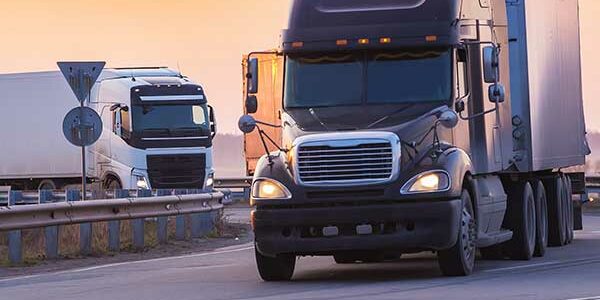
THE BENEFITS OF ACTIVE SOURCING FOR LOGISTICS SERVICES
At Paystar Logistics we take pride in the fact that we are not a transactional brokerage. Our business model is built around active sourcing practices that require our team to get to know our clients and carriers and their specific needs before matching lane opportunities in our freight network.
Our commitment to active sourcing means that we will not source carrier opportunities through traditional channels. We recognize the inefficiencies that exist in traditional sourcing practices which is why we are committed to active sourcing practices. At Paystar:
- We do not use loadboards.
- We do not participate in RFPs.
- We do not work in transactional deals.
What is Active Sourcing?
Active sourcing is hands-on. Throughout this process, we engage all of our potential carriers face-to-face. By taking the time to get to know the in’s and out’s of your business, we’re able to accurately match you with opportunities that offer you the most potential for success.
Active sourcing is not about “quick fixes” or filling lanes, it’s about creating sustainability for our carriers and our clients. During the active sourcing process, we learn your business goals, identify your capacity potential, and help you optimize your asset utilization.
Who Does Active Sourcing Benefit?
Active sourcing benefits everyone, plain and simple.
When you take the time to hand-select opportunities for carriers in lanes where they are most likely to succeed and find profitability, long-term, it’s a win for carriers.
When you take the time to provide clients with solutions that keep the freight flowing across their supply chains and eliminate downtime and delays, it’s a win for clients.
When both of these successes come together to create long-term relationships in our freight network, it’s a win for Paystar.
How Does Sustainable Capacity Benefit Supply Chains?
Creating sustainable capacity means prioritizing sustainability across our network. It means filling trouble lanes for our clients so they can focus on optimizing other areas of their supply chains and creating consistent and optimal asset utilization for our carrier partners so they have dependable freight and income opportunities.
Sustainable freight means consistency and reliability. When clients have dependable carriers to help move goods throughout their distribution channels they are free to explore expansion or other opportunities for enhanced distribution. When carriers have consistent reliable loads they are able to better plan for the growth and development of their businesses.
When sustainability exists across the network, each player is able to focus on improving existing channels and supply chains, as opposed to searching for quick one-time solutions to meet delivery deadlines or revenue goals. In the end, that model is a win for clients, carriers, and ultimately end-users at the end of the supply chain.
MORE ARTICLES

Spear Phishing in the Transportation Sector: What is it and How to Protect Yourself
While the transportation and logistics industry isn’t new to experiencing coordinated “cyber attacks”, cybercriminals are constantly iterating on their methods of infiltration. Just this year, several top IT firms have identified a sharp increase in costly security breaches that all follow a similar pattern. In this pattern, the primary attack vector is a method known…

Why We’re Committed to the SmartWay program
Paystar Logistics is proud to announce our recent designation as a SmartWay High Performer. As a SmartWay Partner, we join the EPA in their quest to build a more efficient, productive, and sustainable freight industry.

A Look at the U.S. Truck Driver Shortage in 2021
A truck driver shortage is nothing new to the U.S. In fact, according to a 2019 analysis report by the ATA (American Trucking Association), we have struggled with truck driver shortages for the past 17 years. This was first recognized in 2005 when we were short, roughly 20,000 drivers to fulfill shipping demands. However, by the end of 2018, that number rose to…

